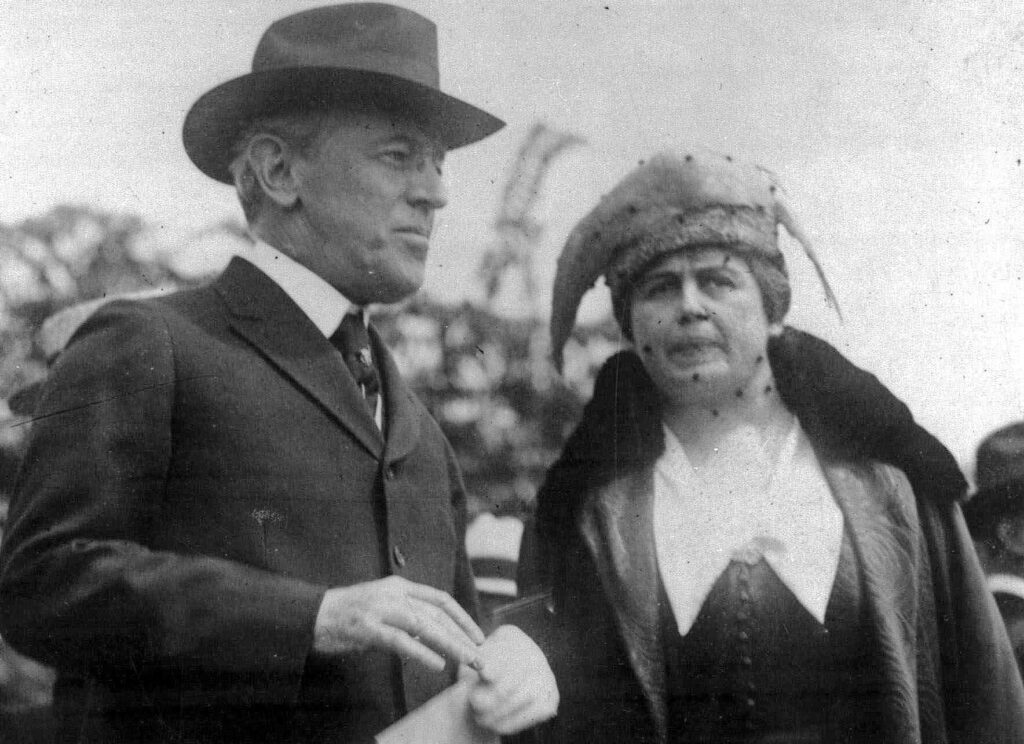HISTORY OF MOTHER’S DAY.
Celebrations go back to ancient times when Greeks and Romans held festivals in honor of the mother goddesses Rhea and Cybele. However, the early Christian festival known as “Mothering Sunday stands as the modern precursor. This European tradition fell on the fourth Sunday in Lent. Many believed the faithful would return on this day to their “mother church”— the main church near their home — for a special service. The Mothering Sunday tradition shifted over time into a more secular holiday where children would give their mothers flowers and other gifts. This custom would blend into the American Mother’s Day in the 1930s and 1940s.
American author and poet Julia Ward Howe, who wrote “The Battle Hymn of the Republic,”became the editor of Woman’s Journal, a widely-read suffragist magazine, in 1872. During that time, she wrote an “Appeal to womanhood throughout the world,” which would become known as the Mother’s Day Proclamation. The document asked women to fight for world peace following both the Civil War and the Franco-Prussian War. Howe then launched a failed attempted to start a “Mother’s Day” celebration on June 2. Two decades later Howe suggested a Mother’s Day celebration every July 4. This also failed to take hold, but set the stage for a future attempt.
Anna Jarvis successfully initiated Mother’s Day after her mother, Ann Reeves Jarvis, died in 1905. Jarvis noted that Mother’s Day should contain a “singular possessive,” (hence the apostrophe) so each family might honor its own mother — as opposed to all mothers. Jarvis, who neither married nor had children, organized the first official Mother’s Day celebration in May 1908. A Philadelphia department store owner named John Wanamaker lent his financial support to the cause. That same month thousands of people attended a Mother’s Day event at one of Wanamaker’s stores.
Jarvis soon lobbied to make Mother’s Day a national holiday — urging prominent Americans to join the effort. By 1912 many states, towns, and churches had adopted Mother’s Day as an annual event. Jarvis also started the Mother’s Day International Association. President Wilson would soon establish the second Sunday in May as Mother’s Day in 1914. Hallmark began selling Mother’s Day cards in the early 1920s.
Jarvis’ love affair with the holiday she worked so hard to start did not last, and she eventually grew to resent its commercial appeal. As florists and greeting card companies began to cash in, she soured on the idea of a national day — urging people to stop buying flowers, cards and candies. Jarvis spent most of her personal wealth hiring attorneys to file lawsuits against groups using the term “Mother’s Day.” She even tried to persuade the federal government to remove it from the calendar.
Making it Official
Following the establishment of the second Sunday in May as Mother’s Day by Anna Jarvis, President Woodrow Wilson passes a law to make the day a national holiday.

$23 billion is spent on gifts and dinners on Mother’s Day.
MOTHER’S DAY AROUND THE WORLD.
Mother’s Day in the UK is March 31, 2019 & March 22, 2020.
Always celebrated on the fourth Sunday in Lent — three weeks before Easter Sunday.
Frequently called “Mothering Sunday”
It once was a day where Christians would visit their “mother church” where they were baptized. Slowly it became more secular and a time for people thank their moms for all their hard work.
Other countries celebrating on the second Sunday in May include Canada, Japan, most of Europe, New Zealand, Australia, India, China, South Africa, and the Philippines.
In all, more than 40 countries worldwide observe Mother’s Day from February through December.


